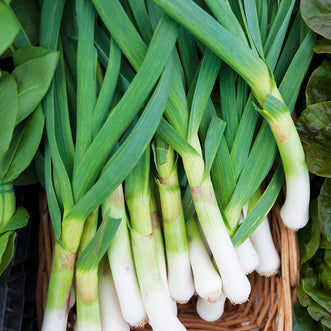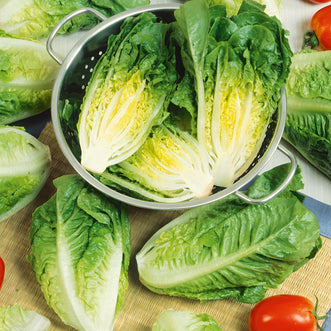
Beneficial Insects
Barbara MartinNot all heroes wear capes but most of the tiny superheroes in your garden gathered under the title of beneficial insects at least have a set of wings.
Often going unnoticed, they play a crucial role in maintaining the health and balance of our gardens we take for granted.
When it comes to gardening, it's not just about pollinating plants, other beneficial insects help keep harmful pests in check and contribute to a thriving garden environment by reducing the need for harmful chemicals.
While honey bees and bumblebees get most of the kudos for pollinating flowers in the garden, butterflies, hoverflies and even some wasps and beetles play a part in transferring pollen from one plant to another.
Without bees in our world, we’d have no food production from nature and sooner rather than later, mankind would be driven to extinction
For the purpose of the theme of this blog, I’ll concentrate on the airborne insects rather then the good beneficials that live on or under the ground like worms, slaters and centipedes to name a few.

Ladybugs (Ladybirds) are natures very own pest control squad who feed on aphids, mites, thrips, whitefly, mealy bugs, leaf hoppers, scale insects and many other soft bodied bugs. One ladybug can eat up to 400 thrips in their short lifetime which is pretty impressive but they do dislike pungent plants like Mint, Coriander, Agastache, Chrysanthemums and Bay trees.

Praying mantis are the stealthy hunter of the garden and are the model used for many sci fi movies when aliens are portrayed.
They patiently stalk and devour insects like crickets, grasshoppers, white butterfly caterpillars, flies, aphids, mosquitoes and other soft bodied insects

Green lacewings have an almost delicate appearance but are in fact fierce predators in disguise.
Their voracious appetite is for aphids and other soft bodied insects is second to none.

Hoverflies are often mistaken for native bees and are excellent pollinators. Their larvae also enjoy dining on aphids in great numbers.

Dragonflies can live up to 6 months and include midges, sandflies, mosquitoes and other small flying insects in their diet

Parasitic wasps both native and introduced species should not to be confused with the German, Common or Asian Paper Wasp.
With nearly 30 identified species and perhaps a few more yet to be named, these sometimes microscopic creatures some of them only 1 millimeter long will inject their eggs into soft bodied insect hosts to provide their emerging offspring with a ready first meal.

A healthy garden is a balanced garden, while beneficial insects are our allies, some bad insects are part of the ecosystem too.
So instead of trying to eliminate all the insects in your garden when over 95 % or more of them are good guys and on your side, focus on maintaining a diverse environment of plants that are brimming with sweet pollen and nectar and offer habitat where they can thrive.



















































2 comments
all very interesting (to a 5 year old). I will take a thousand ladybirds. 3000 mixed parasitic wasps. 10 dung beetles and a partridge in a pear tree.
I love emails like yours and am very keen to increase the insect, bird and bee populations where I live at Hobsonville Point. I am currently redoing a valley in Hobsonville below Winker Lane- a new development. At present there are wattyles and rubbish growth. I aim to plant Bottlebrush and other bird loving plants. It is about 3 hectares